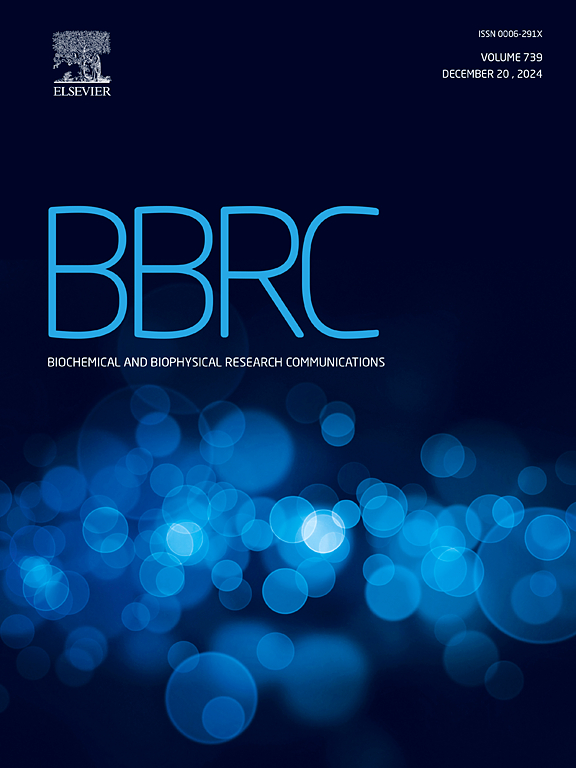Multi-group structure analysis and molecular docking of aptamers and small molecules: A case study of chloramphenicol
IF 2.5
3区 生物学
Q3 BIOCHEMISTRY & MOLECULAR BIOLOGY
Biochemical and biophysical research communications
Pub Date : 2025-01-27
DOI:10.1016/j.bbrc.2025.151387
引用次数: 0
Abstract
Aptamers, a kind of short nucleotide sequences with high specificity and affinity with targets, have attracted extensive attention in recent years. Molecular docking method (MDM) is the most common method to explore the binding mode and recognition mechanism of aptamers and small molecules, which generally use the target to dock with the highest scoring tertiary structural model of the aptamer, and the highest scoring result is used as the predicted model. However, this prediction results may miss out the true interaction pattern due to the fact that aptamers are not completely rigid and the natural aptamers conformations are not in a single state. Thus, evaluation of the binding pattern from two or more tertiary structural modes might be more accurate. The use of chloramphenicol (CAP) has been banned because it causes myelosuppression and aplastic anemia in humans. However, CAP is still abused and is often studied as a target for detection. Two CAP aptamers (Apt-11 and Apt-16) were used as cases in this study. All secondary structures of these two aptamers were predicted using the UNAFold Web Server tool, and then the corresponding tertiary structure models were built using the RNA Composer tool and Discovery Studio 4.5 Client software. The resulted six tertiary structure models were docked with CAP respectively. By optimizing the docking conditions, multiple groups of docking outcomes were obtained, including the tertiary structure, its binding free energy, and the binding site. The results suggested that there may be multiple binding sites in the same tertiary structure, and the binding energy of the same tertiary structure as well as the proportion of multiple binding sites vary greatly. In addition, it was found that Autodock4 works well in analyzing the binding mode between screened aptamers with its defined target, but cannot be used to identify that whether an aptamer could bind well with other molecule with big structural difference from the target. The CAP aptamer was tailored according to the molecular docking results, and the potential binding sites with CAP were verified by a colloidal gold colorimetry assay. In conclusion, we propose a method to explore the binding patterns between aptamer and its targets by using multiple optimized docking data from different tertiary structures of the aptamer, which provides a theoretical basis for the study of the binding mode of aptamers and targets, as well as the optimization and modification of aptamers.
求助全文
约1分钟内获得全文
求助全文
来源期刊
CiteScore
6.10
自引率
0.00%
发文量
1400
审稿时长
14 days
期刊介绍:
Biochemical and Biophysical Research Communications is the premier international journal devoted to the very rapid dissemination of timely and significant experimental results in diverse fields of biological research. The development of the "Breakthroughs and Views" section brings the minireview format to the journal, and issues often contain collections of special interest manuscripts. BBRC is published weekly (52 issues/year).Research Areas now include: Biochemistry; biophysics; cell biology; developmental biology; immunology
; molecular biology; neurobiology; plant biology and proteomics

 求助内容:
求助内容: 应助结果提醒方式:
应助结果提醒方式:


